Volume II Companion Page for ‘Vintage True Crime Stories’
Scroll down to see all images and available documents for each chapter of Vintage True Crime Stories, Volume II. When viewing images, please click on the thumbnail to initiate a pop-up slideshow. You can then move right (forward), or left (back), by clicking/pressing either ends of the photograph in the center. All Further Reading files below are .pdf files you can open and download to your computer or device.

Unfinished Business, 1928 & 1949
Click on a thumbnail to begin pop-up slideshow. Use the arrows mid-left and mid-right to navigate through gallery.
no images were found
Further Reading on .pdf
Row 1
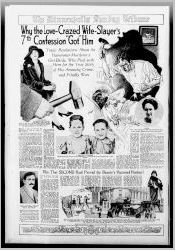
A short, feature story that appeared in a Sunday newspaper. It summarizes the case with a focus on Antoine’s wives and the seven confessions he gave to police. 1 page on .pdf |
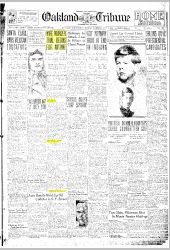
Twenty newspaper pages with 1 to 2 stories per page reporting on the progress of Antoine’s 1928 trial for the murder of his wife, Ada. |
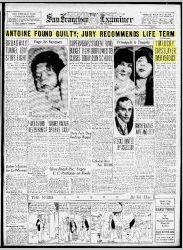
Antoine’s guilty verdict, life sentence, and the discovery of part of his wife’s remains three days after the verdict. If found earlier, he would have gotten the death sentence. 4 pages on .pdf. |
Row 2
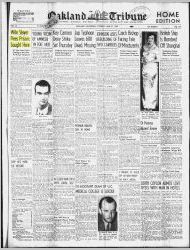
Three pages from 1949 covering Antoine’s prison escape, and the possibility he would murder his son Kenneth who betrayed him. |
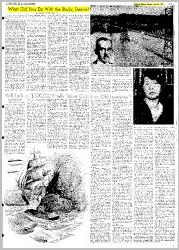
Interesting one page feature story from a 1950 issue of the Oakland Tribune. The female reporter recalls her time working on the case twenty-two years prior. |
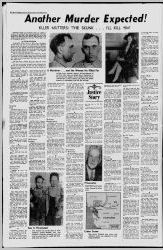
Antoine and his wife Ada were from Michigan. This Detroit Free-Press story from 1951 does a great job in reviewing the entire case. The info presented is not too much, not too little. One page. |
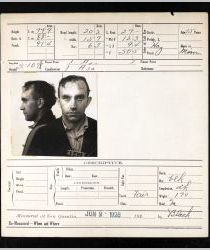
Arthur Leroy Antoine’s intake documents and prison mugshot taken June 1, 1928. |
#

The Dandy and the Squire, 1871
Click on a thumbnail to begin pop-up slideshow. Use the arrows mid-left and mid-right to navigate through gallery.
no images were found
Further Reading on .pdf
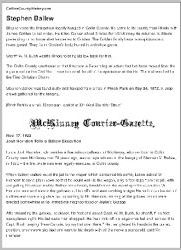
Two short stories on one page. The second one is interesting. It’s an interview with a 70 year-old McKinney man who was an eyewitness to Ballew’s execution fifty years prior. His story appeared in the November 17, 1922, issue of the McKinney Courier-Gazette. |
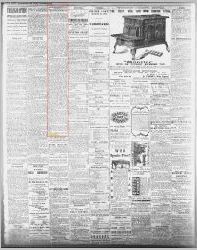
Three stories on three pages about the extradition of Stephen Ballew and his execution in Finch Park, which didn’t go so well. |
#

Death and the Farmer’s Daughter, 1891
Click on a thumbnail to begin pop-up slideshow. Use the arrows mid-left and mid-right to navigate through gallery.
Christie’s grave: Click to view a Google aerial map of where Christie Warden’s grave is located on the Dartmouth College campus. Map opens in new window. Across the street from Buchanan Hall is a small cemetery. Since her burial in 1891, the college expanded its boundaries and that accession came with a cemetery.
Further Reading on .pdf
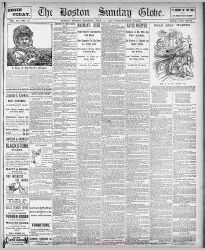
One story over two pages from the July 19, 1891, issue of the Boston Sunday Globe reporting on the ambush murder of Christie Warden and the manhunt for Frank Almy. Although Boston is around 150 miles south of Hanover, the Boston Globe provided some of the best newspaper coverage of this electrifying case. |
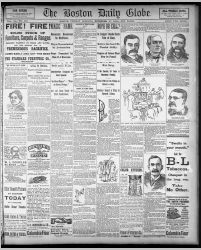
Twelve pages of the Boston Globe newspaper coverage of the November 1891 trial for Frank Almy. Almy had pleaded guilty, and the trial was to determine if the murder was first or second degree. He received a first-degree verdict which meant an automatic death sentence in any state with the death penalty. |
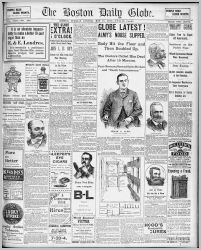
Five pages of the Boston Globe newspaper from May 1893 reporting on Almy’s execution both before it happened, and after it was done. Hundreds of people gathered outside the prison walls to be a part of the moment. In that era, executions attracted large crowds. |
#

The Incredible Dr. Brandenburg
Click on a thumbnail to begin pop-up slideshow. Use the arrows mid-left and mid-right to navigate through gallery.
no images were found
Further Reading on .pdf
Row 1
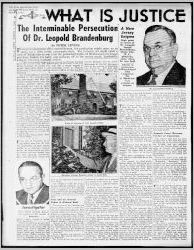
A three page feature story on the life, crimes, and courtroom victories of New Jersey’s Dr. Leopold Brandenburg, which appeared in the March 14, 1945 edition of the New York Daily News. |
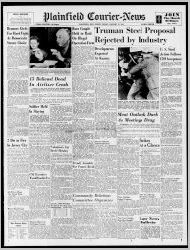
Half-a-dozen stories about Dr. Brandenburg’s legal troubles during 1946. |
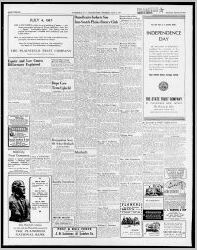
Eight pages from 1947 reporting on Brandenburg’s long-awaited downfall and prison sentence. |
Row 2
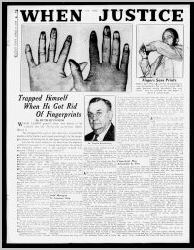
This 1950 two page feature story tells the story of Roscoe Pitts who had a fast temper and slow-intellect. The former Alcatraz inmate specialized in robbery, burglary and blowing up safes.
He got the bright idea to have Brandenburg, doctor to the underworld, remove his fingerprints. Brandenburg did a good job for a procedure with no real history or protocols. But he wasn’t thorough enough to stop the FBI from identifying Pitts. Still, J. Edgar Hoover said he was the only doctor to ever change a man’s fingerprints. |
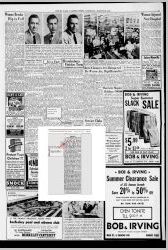
Five pages published between 1951 and 1955 reporting on Brandenburg’s release from prison, and his re-indictment on the 1947 New York abortion case, resulting in a conviction and suspended sentence. He died on December 3, 1959, at the age of 72. |
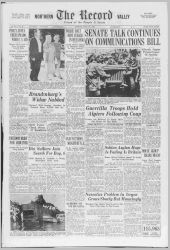
A two page story on the 1962 arrest of Grace Brandenburg, the doctor’s widow, who was caught red-handed performing illegal abortions. She eventually pleaded guilty, was given an indeterminate prison sentence that was later suspended and dealed down to one-year parole, and a $1,000 fine. She moved to California after that. |
#

The Spawn of Shoebox Annie, 1912-1938
Click on a thumbnail to begin pop-up slideshow. Use the arrows mid-left and mid-right to navigate through gallery.
no images were found
Further Reading on .pdf
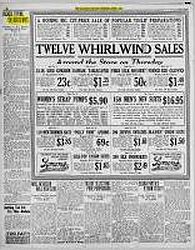
Four pages of news stories about three people who disappeared in 1921, all of them last seen with C.C. Skidmore. The stories here give victim bio information, and discuss the investigation of Skidmore. |
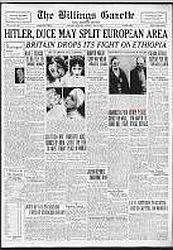
Six pages from 1938 that begin in May with Mary’s confession to all the crimes she and her son committed the last three decades, with specific detail of how the two plotted to murder James Eugene Bassett. The file ends in December after Mayer commits suicide during his trial. His mother pleaded guilty and received a life sentence. She was paroled in 1953, and died in 1966. |
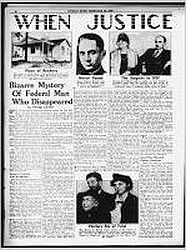
WARNING: CONTAINS GRAPHIC CONTENT. A two page feature story published one year after Mayer’s suicide. It focuses on his involvement in the murder of Ensign James Eugene Bassett. It contains a detailed confession of the murder by his mother, and a humorous anecdote of how Mayer had several nervous breakdowns after a polygraph machine beat him down. These 2 pages are probably the best Further Reading pages of this chapter. |
#

Mr. Con Man
Click on a thumbnail to begin pop-up slideshow. Use the arrows mid-left and mid-right to navigate through gallery.
no images were found
Further Reading on .pdf
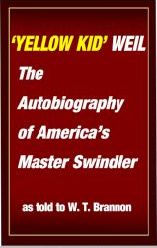
Download a free copy of Joseph Weil’s autobiography.
Professionally written, this is a fascinating, true account of America’s best con man. 326 pages. |
#

The Holy Rollers Sex Cult, 1903-1906
Click on a thumbnail to begin pop-up slideshow. Use the arrows mid-left and mid-right to navigate through gallery.
no images were found
Further Reading on .pdf
Row 1
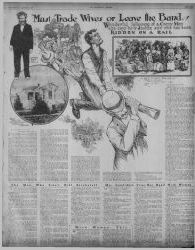
A one page feature story from 1904 about Prophet Joshua, his free love preaching, and being ran out of town on a rail, then tarred and feathered. |

Esther Mitchell’s brother, George, was one of several men at the time hunting for Prophet Joshua. George found him in Seattle and shot him dead on May 7, 1906. Nine pages. |
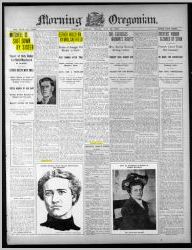
Maud Hurt, Edmund Creffield’s widow, and Esther Mitchell – George Mitchell’s sister and young lady chosen to be the Holy Mother of the second Christ, get their revenge. Seven pages with the most thorough coverage of this story. |
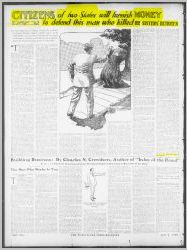
A one page feature story about George Mitchell shooting of Prophet Joshua, his upcoming trial, and the determination by citizens to make sure he is not convicted. |
Row 2
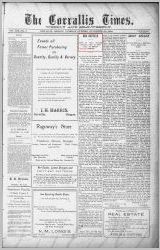
Five pages from November 1906 reporting on the suicide of Maud Hurt while held in jail on murder charges. |
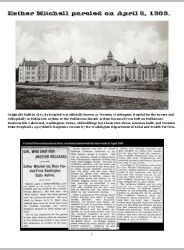
Ten pages, US letter size, filled with stories, marriage records, and images on the life and death of Esther Mitchell after she was discharged from an asylum in 1909. |
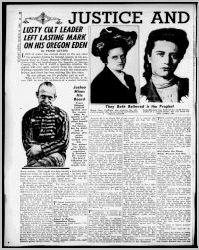
A two-page feature story from 1944 that gives a short history of Creffield’s cult, with an emphasis on the sexual aspects of the case. |
#

The Killer Who Wasn’t There, 1950
Click on a thumbnail to begin pop-up slideshow. Use the arrows mid-left and mid-right to navigate through gallery.
no images were found
Further Reading on .pdf
Row 1
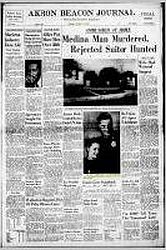
Thirteen pages that begin with four pages of the ambush murder of Harold Mast, the short investigation, arrests, eight pages about the trial of Jerry Killinger, and one page about the auctioning of the victim’s farm equipment and dairy cows. |
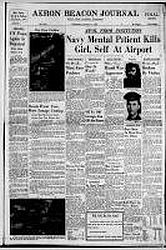
Four pages covering a one day sentencing hearing in January 1951 for confessed killer Max Amerman. He was sentenced to die in the electric chair. |
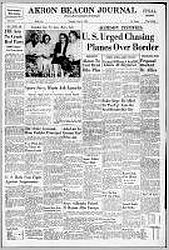
Four pages of two newspaper stories published during the summer of 1951 reporting on various campaigns and appeals to the Ohio governor to spare Jerry’s life. He was just 17 at the time he killed Mast. |
Row 2
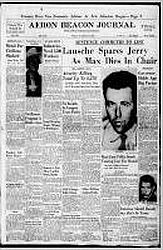
Three pages about the November 15, 1951, execution of Max Amerman, and the commutation of Jerry’s sentence that same day. He was scheduled to be executed just 24 hours later. |
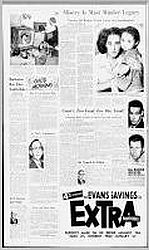
Four pages of “follow-up” stories dated 1961, 1966, and 1971. They give updates on the lives of those involved, focusing on Randi, Harold’s parents, and the 1971 parole of Jerry Killinger. |
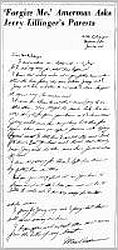
Max Amerman wasn’t a bad man. He was a good man who did a bad thing when manipulated by a scheming woman who wanted more. He was a lonely man with a couple of relatives, no friends, and no experience with women before Randi. Above is a handwritten apology letter he wrote to Harold’s parents. |
#

The Great Screwball Bank Robbery, 1952
Click on a thumbnail to begin pop-up slideshow. Use the arrows mid-left and mid-right to navigate through gallery.
no images were found
Further Reading on .pdf
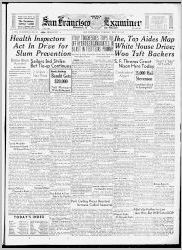
Seven pages about The Great Screwball Bank Robbery that took place in San Francisco on July 28, 1952. Taxi-cab driver and kidnap victim Anthony Gelini outsmarted his victims, returned most of the money, and was treated like a criminal by the FBI. He was tried on several charges and found not guilty. |
#

Home, Sweet Ka-Boom! 1930
Click on a thumbnail to begin pop-up slideshow. Use the arrows mid-left and mid-right to navigate through gallery.
no images were found
Further Reading on .pdf
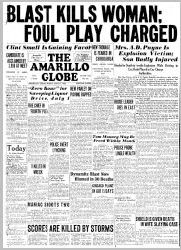
Four stories over four page reporting on the car bomb last that killed Amarillo housewife Mrs. Exa Payne, 33, and wounded her son, Alfred Jr., on June 27, 1930. When it was confirmed she was killed by a bomb, reports shift to speculation on who did it and why they did it. |
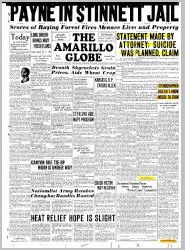
Five weeks later, Exa’s husband, local attorney Alfred D. Payne, is arrested for her murder following an investigation conducted by a nationally known and respected reporter for the Kansas City Star. He then writes & publishes his 30,000 word rambling, odd confession. Finally, he commits suicide in his prison cell by blowing himself up with a hidden bottle of nitroglycerin.
|
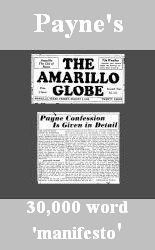
Payne’s 30,000 word confession or, ‘manifesto.’ 4 pages.
|
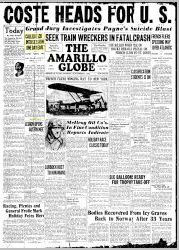
Fellow prisoners tell how Payne blew himself up in his cell. There are reports on the effect of the blast to other prisoners. File ends with some information about what will happen to the three Payne children. |
–
#
– The End –
Thank you for viewing our Companion Page for the book, Vintage True Crime Stories Volume II.
Did You Enjoy These Stories?If you enjoyed this book, I would be grateful if you could post a short review on Amazon and/or GoodReads.com. Your support really does make a difference. As an independent publisher, reviews and word of mouth are the only marketing options available to us. By telling others, these stories can reach more people who find them just as fascinating as you do.- Thank you in advance, from Historical Crime Detective Publishing.
Please follow us on Facebook where you can get updates on new blog stories, and new book releases with our .99 cents Kindle pricing.

































































